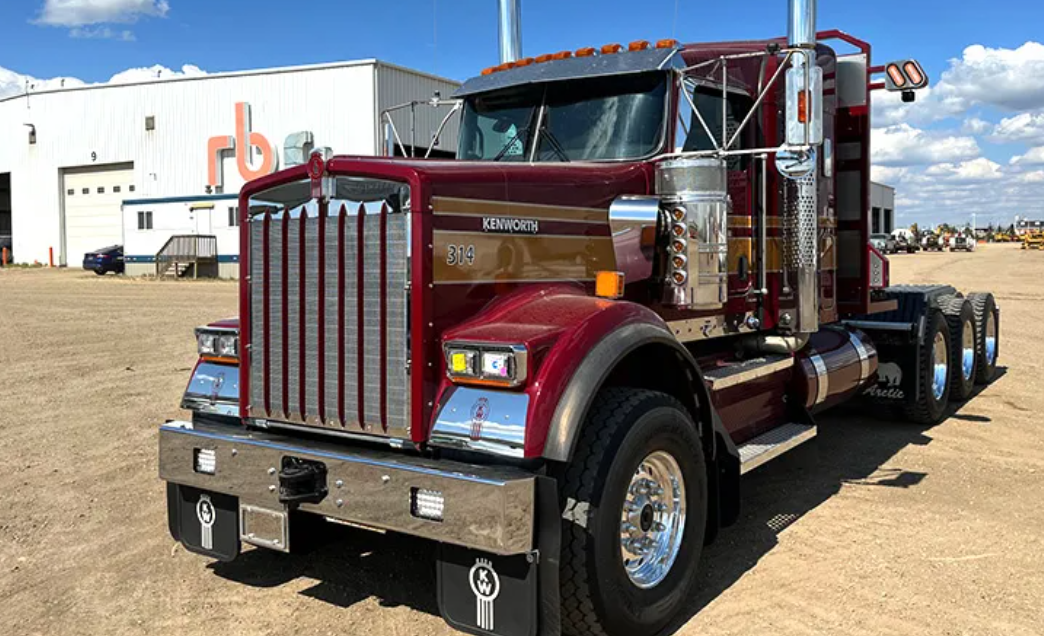Mountain Driving Tips

Mountain driving poses unique challenges and exhilarating experiences for truckers. Navigating steep inclines, sharp turns, and unpredictable weather conditions demands skill, knowledge, and utmost caution. In this article, we will delve into the essential techniques and strategies truckers employ to effectively manage mountain driving. Whether you are a seasoned trucker or a novice preparing for your first mountain haul, these tips will help you navigate safely and confidently through the majestic peaks.
Understand the Terrain:
Before embarking on a mountainous journey, it's crucial for truckers to thoroughly understand the terrain they will encounter. Reviewing maps, studying elevation changes, identifying potential hazards, and familiarizing oneself with the route will enhance preparedness. Additionally, gaining knowledge of local regulations, trucking restrictions, and road signage specific to mountainous regions is essential for a smooth and compliant journey.
Prioritize Vehicle Maintenance:
Mountain driving places immense strain on trucks due to increased engine workload and extended periods of braking. It is vital for truckers to prioritize vehicle maintenance before hitting the mountainous roads. Regularly check tire pressure, brakes, engine fluids, and cooling systems. Ensure the truck's braking system is in optimal condition to handle the downhill sections effectively.
Plan for Weight Distribution:
Proper weight distribution is crucial when tackling steep gradients. Truckers must distribute the load evenly across the axles, optimizing traction and stability. Overloading or unevenly distributing the weight can result in reduced control, increased braking distance, and potential accidents. Consult the vehicle's manual or seek guidance from experts to determine the ideal weight distribution for your specific truck and cargo.
Adapt Your Driving Technique:
When maneuvering through mountainous terrain, truckers must adjust their driving techniques to ensure safety and efficiency. Here are some key considerations:
a. Uphill Ascents: Maintain a steady pace, utilizing lower gears to provide adequate power. Avoid sudden acceleration or shifting, as it can strain the engine. Maintain a safe distance from other vehicles and be mindful of potential slow-moving traffic.
b. Downhill Descents: Control speed using engine braking techniques, such as downshifting. Avoid riding the brakes excessively, as it can lead to overheating and brake failure. Utilize designated truck escape ramps when necessary. Stay vigilant and adjust your speed according to the road conditions.
c. Curves and Hairpin Turns: Reduce speed well in advance to maintain control during sharp bends. Slow down before entering the turn and gradually accelerate through it. Avoid braking while turning, as it can lead to skidding or loss of control.
Weather and Visibility Conditions:
Mountain weather can be highly unpredictable, with rapidly changing conditions that significantly impact driving safety. Monitor weather forecasts, road conditions, and any advisories issued by local authorities. Fog, snow, ice, and strong winds are common challenges in mountainous regions. Adjust your driving speed, increase following distance, and use hazard lights or chains when necessary. Prioritize safety by pulling over in extreme weather conditions, waiting for conditions to improve.
Mountain driving demands a unique set of skills and knowledge from truckers. By understanding the terrain, prioritizing vehicle maintenance, planning weight distribution, adapting driving techniques, and staying mindful of weather conditions, truckers can navigate mountainous roads safely and confidently. Remember, preparedness, caution, and adherence to road regulations are key to a successful mountain driving experience. So, buckle up, embrace the challenges, and embark on your next mountain adventure with confidence!
Bloom Services, Inc
At Bloom Services, we embody the spirit of 100% over-the-road trucking. Our fleet boasts newer trucks, and we provide coverage for both trailer and cargo liability. Unlike traditional mileage-based compensation, we base our pay on 82% of the gross load. This approach benefits resilient drivers with an exemplary work ethic, ensuring that their earnings align with the actual load they carry rather than mere miles traveled. Our drivers consistently bring home over $3,000 a week after accounting for all expenses, including fuel and truck rent. If you possess the fortitude and stamina to deliver loads consistently, running for a minimum of three weeks at a time, you stand to earn nearly $150,000 annually. If this opportunity appeals to your determination, apply now and join us on this remarkable journey.



office & Parking depot
5120 Belmont Rd Unit K, Downers Grove, IL 60515, USA
Hours of operation
Mon - Sun: 7am-5pm
